Here’s how to Preserve tomatoes
Learning how to preserve tomatoes when they are in season is a big money saver and prevents food waste. Try one method or all 3!
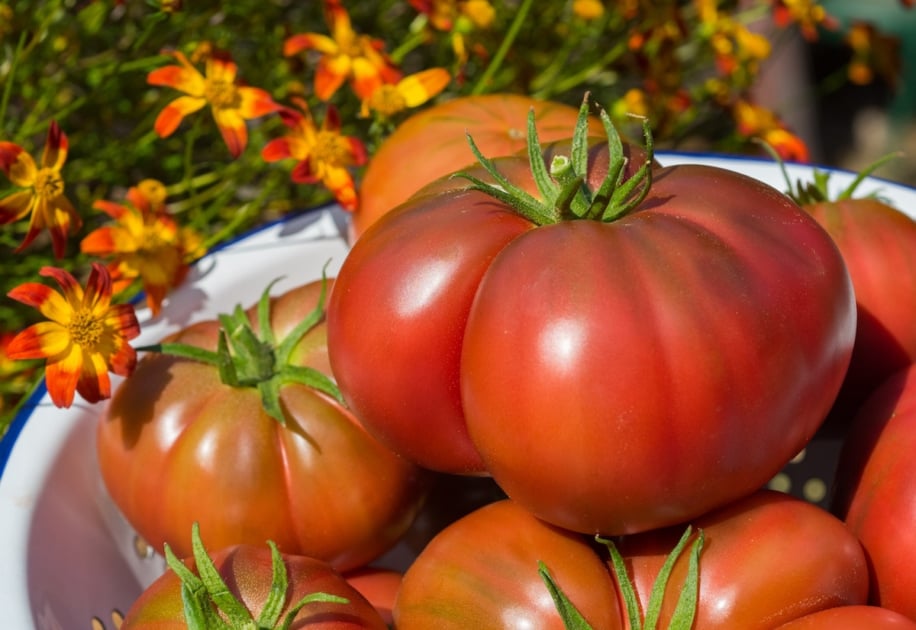
If you have a vegetable garden, know someone who does, or get vegetables from a community-supported farm, you probably have an abundance of tomatoes right now. And while fresh tomatoes from the farm or garden are delicious, you might have more than you know what to do with. But don’t let them go to waste just because you can’t use them all now. Learning how to preserve tomatoes while they’re in season will save you money during the winter. Take advantage of this bountiful period before fall arrives. Don’t miss the opportunity!
1. Convenience Preservation: Freezing
I
If you don’t have the time to can and you have plenty of room in your freezer, freezing is the quickest and simplest way to preserve your tomatoes. In addition to being faster and more convenient, frozen tomatoes also taste fresher and retain more nutrients compared to canned tomatoes. Investing in a used chest freezer is a wise choice if you have the space in your home. As you receive fresh produce from your garden or local farmer during the summer, you can gradually build up your winter supply. Unlike canning, freezing doesn’t require preserving large amounts at once.
Another advantage of freezing is that you can freeze tomatoes in any form: pureed, sauced, diced, crushed, or whole. You can even pluck the tomato straight from the vine, remove the stem, and put it in your freezer as is, without even using a bag. Once frozen, you can place the entire tomato in a large freezer bag and continue adding to it throughout the season. In other words, freezing allows you to decide how much time you can dedicate to the process.
Here are a few tips to remember for safe freezing:
- Remember to buy freezer grade bags, not storage bags.
- Be sure to remove as much of the air from the bag before sealing completely. This is easiest to do by taking a straw, closing the seal around the straw, sucking the air out, and finally removing the straw and closing the seal completely. This will prevent freezer burn and will keep your tomatoes from deteriorating more than necessary.
- Turning your freezer down to 0° F the night before you freeze will ensure a fresher, tastier product. Once your produce is frozen, you can turn it back up to the original setting.
Possibly the best tomatoes to freeze whole, right off the vine, are cherry tomatoes. They are just as sweet when you thaw them in the winter and are great in soups, stir-fries, and casseroles.
2. Old Fashioned Water-Bath Canning
If you don’t have room in your freezer, and you like the instant gratification of opening a can to add to your meals in the winter, this is the method for you. First, make sure you have a recipe to go by that is specific to water-bath canning. Good resources can be found by contacting your local Cooperative Extension, or you can ask your local library to request a copy of So Easy to Preserve, by the Georgia Cooperative Extension, to be sent to a branch near you.
Method:
Water bath canning is a boiling water method and is the simplest and easiest way to preserve high acid foods, like tomatoes and citrus. Not all tomatoes are acidic enough to be safe, so many recipes adapted for tomato preservation add lemon juice and a little bit of salt in order to raise the acidity level high enough to make it safe for water bath canning.
Here is the basic method for water-bath canning tomatoes:
- Find a water bath canning recipe for the type of tomato you want to can
- Sterilize your jars by placing them in boiling water in a canning rack in your canning pot. Leave them in the boiling water until you are ready to use them. It is important to keep the jars warm.
- Pick the ripest and best quality tomatoes in your collection and remove the stem, core, and cut out any blemishes.
- To remove the skins, dip the tomatoes into boiling water for one minute and immediately place them in ice-cold water. If you prefer not to remove the skins, you don’t have to. After all, that is where all the nutrients are. This works best for pureed tomato sauce.
- Shake the seeds and excess water out each tomato while they are still whole and place them in a separate bowl, or just place them in a bowl and prepare the seeds, juice, and all. The latter will make for a more watery tomato product.
- Puree the tomatoes (with or without seeds, juice, and skin) and cook them down until you get a thick sauce. You can also dice, crush, or even leave them whole. Just be sure to heat them up to a boil in whatever form you choose so that the mixture you place in the jars is warm.
- Remove the sterilized jars and place them on a hot mat.
- Follow your recipe, adding the correct measurement of lemon juice and salt to each jar.
- Fill your jars with the tomato mixture you have created, leaving a 1/2 inch of “headspace” to allow room for the jar to create a vacuum seal.
- Taking a butter knife, slide the knife up and down around the jar to help the air bubbles escape.
- Wipe the rim of the jar with a paper towel and then place the new lid and band on the jar to a finger tightness.
- Place in a canning pot with a wire rack, to prevent the jars from hitting the bottom, and boil for the amount of time the recipe calls for. Make sure you start timing it from when the water is actually at a rolling boil.
- When your time is up, remove the jars and place them on a hot mat for 24 hours. You will begin to hear (usually immediately) that lovely popping noise that means your jars are safely sealed. If it does not seal, either eat it immediately or store it in the fridge.
- Store your sealed jars in a dark cool place with the bands removed to prevent moisture collection, which can lead to rust and can run the risk of breaking your seal.
This method is not to be confused with pressure canning, which is required to preserve low acid foods like, green beans, carrots, and even some tomato-based recipes.
3. Drying
This method takes up the least amount of space, and who doesn’t love dried tomatoes? If you do, you’ll need a dehydrator. You can order them online, but many times you will find these at yard sales and thrift stores.
To dry tomatoes:
- Simply de-core, remove the skins (optional), and cut into wedges and shake out the seeds and excess moisture. You can also cut the seeds out.
- Place your tomatoes on the racks of your dehydrator and dry for 10-12 hours until desired consistency.
- If you like your tomatoes a little soft and chewy, after drying them, store them in freezer bags in the freezer. They won’t take up as much space, because all of the liquid is gone. Otherwise, if you completely dehydrate them you can store them on the shelf in plastic bags.
Dried tomatoes are reconstituted in water and are great additions to pasta and add a nice sweet flavor if added or pureed in soups.
Extra Time-Saving Tips:
Like tomato sauce, but don’t have the time? Try this: de-core your tomatoes put them in a crockpot and let it go until it is as thick as sauce or paste. You can also steam tomatoes using a steamer basket to cook all of the water out, then purée the tomatoes for an instant thick sauce.
So to all you tomato lovers out there, preserve your harvest, save money, and enjoy the fruits of your labor all winter long!

Denise Dill
Denise Dill is a co-op livin', garden diggin', homegrown cookin' fool who creates soups of song out of local ingredients. She's currently working as a baker and soup maker while she completes culinary school. In the past, she worked as an urban gardener and community cooking educator. She has also toured the country as a folk musician, opening for such acts as Pamela Means and Hamell on Trial.

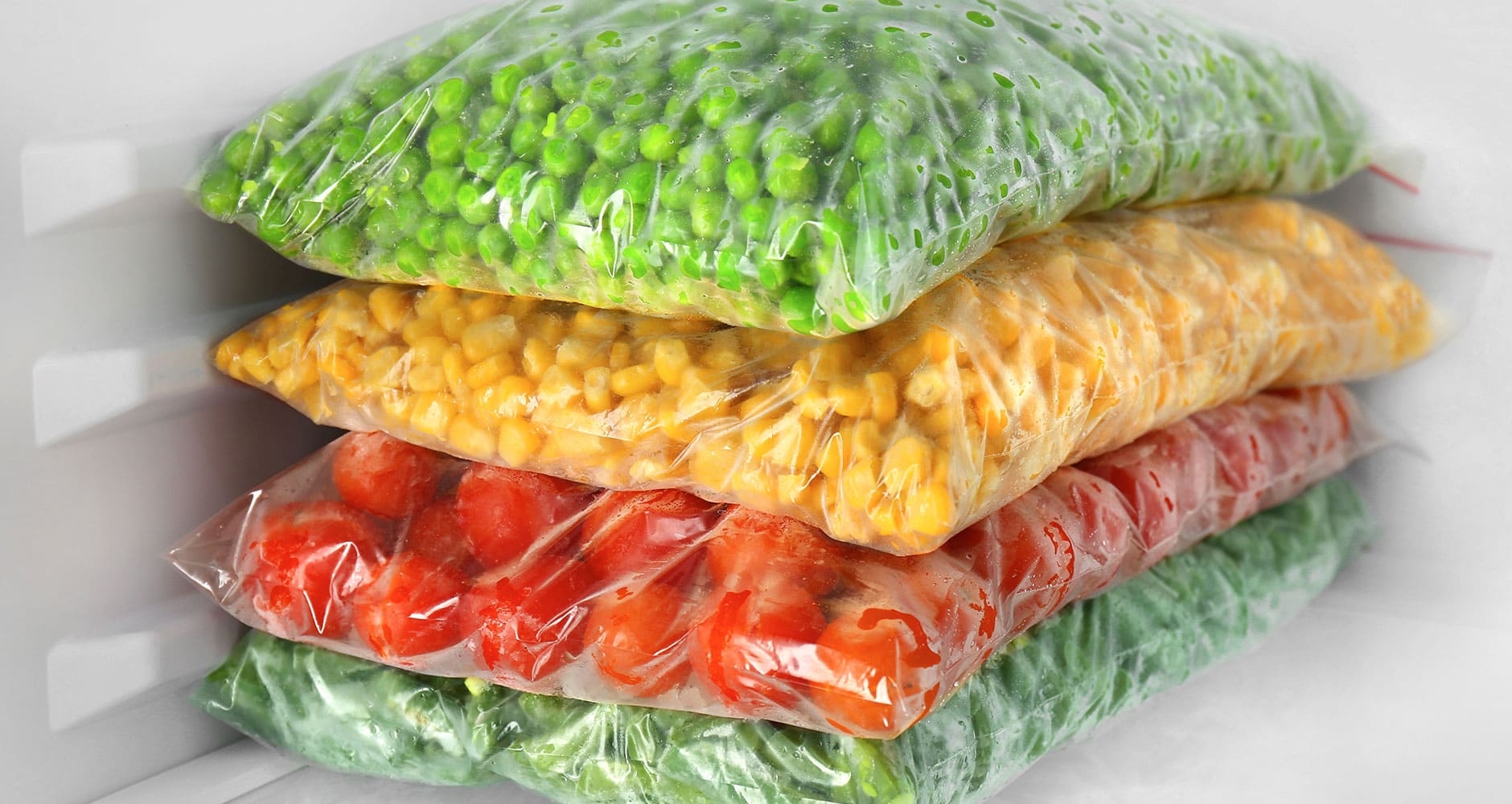
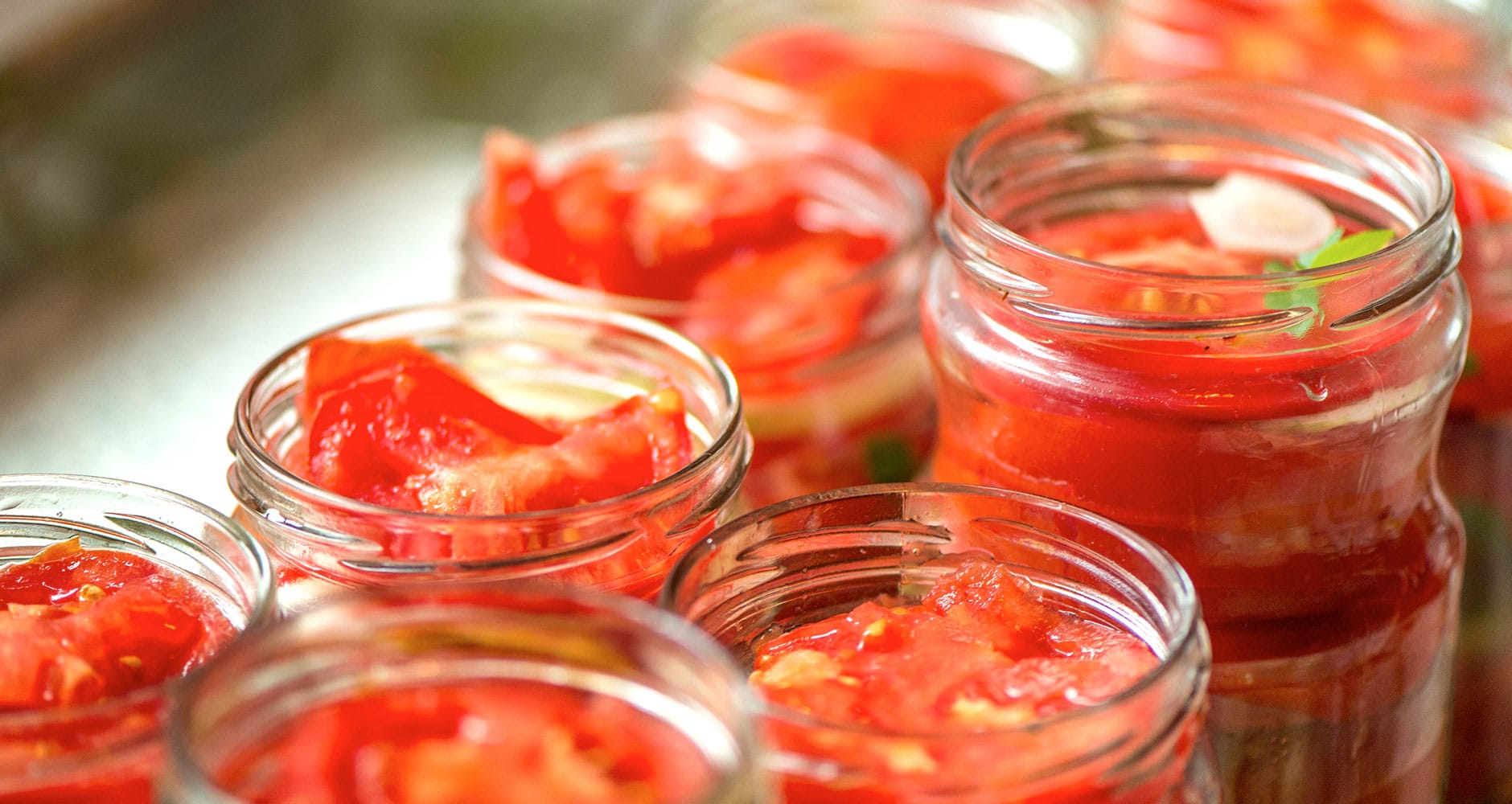
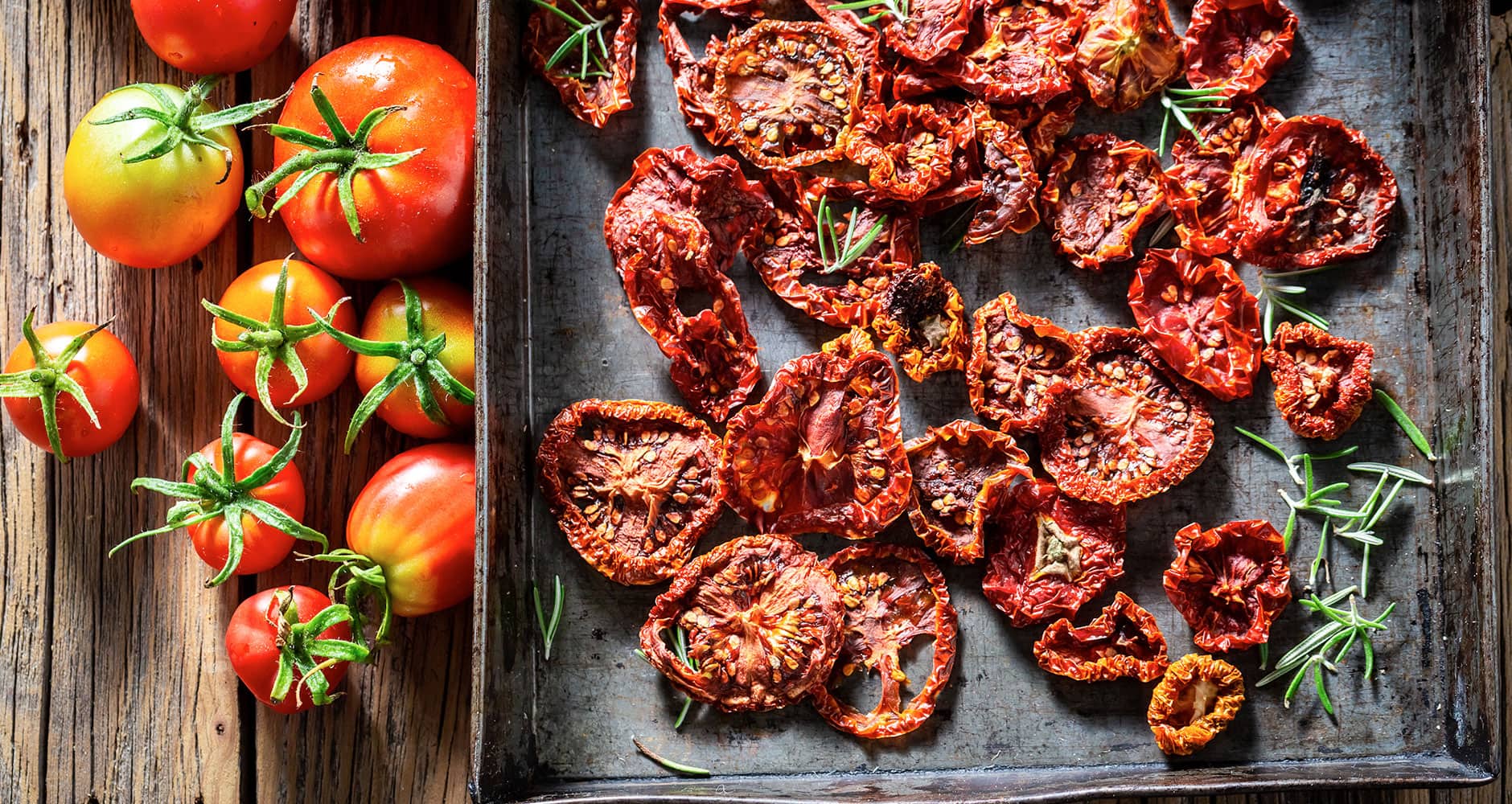

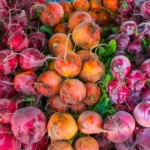

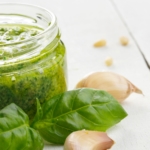

Haven’t had that happen.
What about the Water?
Salt?
Lemon Juice?
Just started using Lemon Juice because of all the new varieties. With all the great new versions of tomatoes, there seems to be tomatoes without as much acid.
I think the demand for less acidic tomatoes is because not a lot of people are canning to preserve. Many just eat tomatoes fresh.
I have canned tomatoes for years but this year my tomatoes have mold on them. Any help? I have no idea what happened and can’t find anyone locally who knows. They are still sealed.
If have Ex tomatoes let love to have my chop got hit bad by ..homework/and fungus /we use have some for winter ….so could me know ……
would like to know about frezing frest vegs since i just went and got a chest frezzer !!! thank you
Make ketchup salsa can them love to put up as much as posible mix veggies for soup
I am very interested in knowing other ways you can use cucumbers, besides pickling, Please Let Me Know!
We are almost done canning tomatoes for the year. So far, we have done 136 qts. and we have another 15-20 to do if we decide to continue doing them. We have been canning tomatoes for 30 years or better and there is nothing like tomato’s pureed and made into tomato sauce. Last year, we lost our entire tomato crop due to a hail storm in Central New York, so we had to do more then we normally do. We look forward to fresh tomato sauce during the cold winter months.
Hi, Don,
It had been awhile since I’d canned and decided to put up green beans. I did everything I’ve been taught to do, i.e. seals in hot water, got air out of jars after I packed them, wiped the lip of the jars off, etc. However…every jar had lost liquid in them. What did I do wrong? Are they safe to keep with the missing liquid? Also…I loaned my pressure cooker to a friend for her to put up potatoes. I’ve always kept the inside & out of canner spotless, never using it for anything but canning. When I got it back, the whole inside from the bottom, 1/3 of the way up was totally black! I used several SOS pads out and barely made a dent in it. What caused this? What can get it out?
Thank you so much for any advise, Pat
Don, Several years ago, we had large gardens and I canned. Recently, I bought green beans, got out canner and canned 8 qts. I got the air bubbles out, got seals out of the hot water & cleaned the lip of the jars before putting the seal & rings on. However…I lost liquid in every single jar. What did I do wrong? Will these green beans keep for a length of time without the top part in liquid??? Also, I loaned my canner to a friend. I kept it perfectly clean inside & out and never use it for anything but canning. When I got it back (she canned potatoes) the whole inside of my canner is black. I’ve scraped my fingers to the bone using SOS pads and could get only a little bit of it out. What caused that?
Thanks so much,
Pat
Hello Don,
Not everyone is fortunate enough to have a grandmother to learn old-time secrets from. So I really appreciated your comment! In fact, copied it to put in a book. I am compiling information in regarding preserving veggies from my garden this fall. Do you have any other “secrets” you would be willing to share to help insure my first (and hopefully not my last) canning experience? I sure would appreciate it! I am a firm believer in the old ways. Thanks!